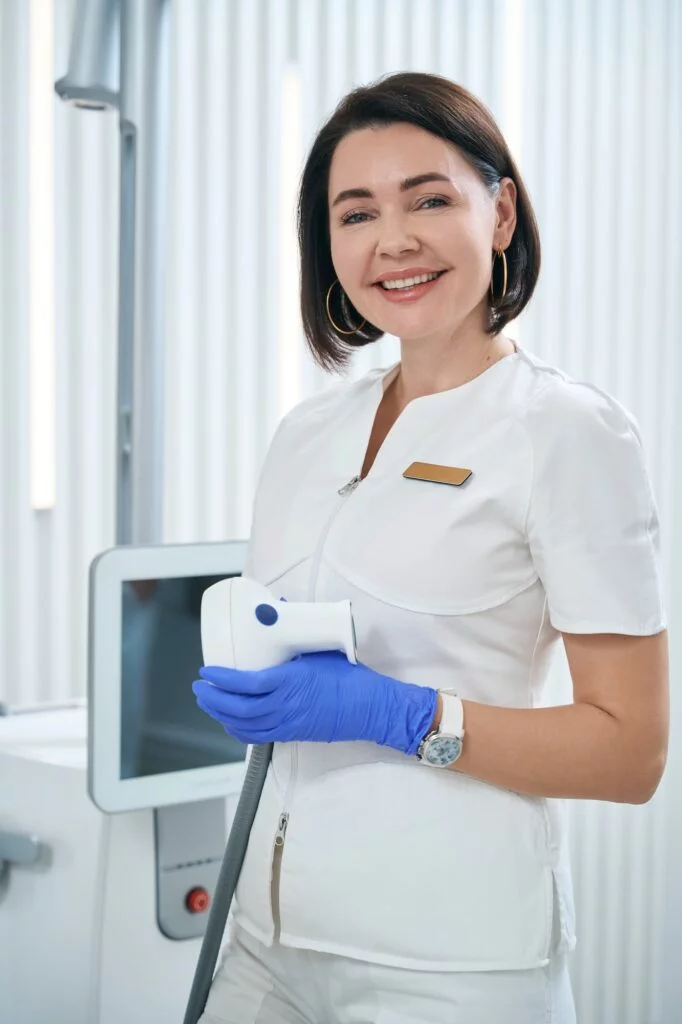EGD, short for esophagogastroduodenoscopy, is a type of endoscopic procedure used for diagnosing and treating problems in the upper digestive tract: the esophagus, stomach, and the first part of your small intestine.
Read on to learn more about an EGD test, particularly why it’s performed, how you can prepare for it, and what to expect during the procedure.
Why It’s Performed
Your gastroenterologist will likely order an EGD test if you’re experiencing any or some of the following symptoms:
- Bloody stool
- Chronic heartburn or chest pain (not related to heart disease)
- Coughing up blood
- Persistent abdominal pain
- Persistent nausea or vomiting
- Poor appetite
- Swallowing difficulties (regurgitating food)
An EGD procedure is used for diagnosing the following conditions:
- Gastroesophageal Reflux Disease (GERD)
- Ulcers
- Blockages
- Chronic inflammation (Crohn’s disease)
- Celiac disease
- Strictures (narrowing of the esophagus)
An EGD test is also useful for stomach cancer surveillance. Some patients have premalignant conditions that make them susceptible to developing cancer. Routine EGD tests can help doctors quickly identify any tumors and administer immediate treatment, thereby improving health outcomes.
As mentioned, an EGD is also used for therapeutic purposes: for treating unusually enlarged veins in the esophagus (variceal ligation). It is also done to remove foreign bodies (quite common in children), avoiding the use of more invasive surgical methods.
How to Prepare for an EGD Test
Preparing for an EGD procedure involves some fasting. Refrain from eating food for at least six hours and avoid drinking anything for two hours prior to the procedure.
Most medications are safe to take before the diagnostic test. However, to be sure, consult your doctor. Anticoagulants (medications for preventing blood clots) or medications for diabetes and high blood pressure might need adjustments. You should also declare any supplements that you’re taking.
What to Expect During an EGD Test
Before the procedure, you will receive intravenous sedation to keep you calm and prevent excessive movements. Your doctor will also apply an anesthetic to your throat to stop your gag reflex.
The procedure involves the use of a gastroscope — a thin, flexible instrument equipped with a light and tiny camera that transmits a video feed to an external monitor. You may have to be required to use a mouthpiece to prevent accidental biting on the instrument.
Your gastroenterologist will focus on the monitor as they move the gastroscope through your digestive system. They may also conduct ligation or biopsy, as deemed necessary. During the procedure, your doctor may pump a small amount of air into your stomach to inflate it slightly and make it easier for them to inspect your digestive organs.
The procedure usually takes less than an hour to complete. You can go home after discussing the results with your doctor.
You may experience increased burping and flatulence, but these should subside in a few days. You can resume normal activities after a day of rest.
EGD Test in California
With over 20 offices in California, Genensis Healthcare Partners has a vast network of gastroenterology experts all committed to providing unparalleled and comprehensive care. We offer a wide range of in-office procedures, including EGD tests, colonoscopies, and hemorrhoid therapies, to meet all of your gastroenterology needs.
To learn more about our services or to schedule an appointment for an EGD or any other procedure, contact us at our office nearest you or fill out our appointment request form.



